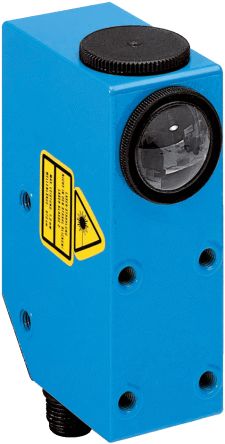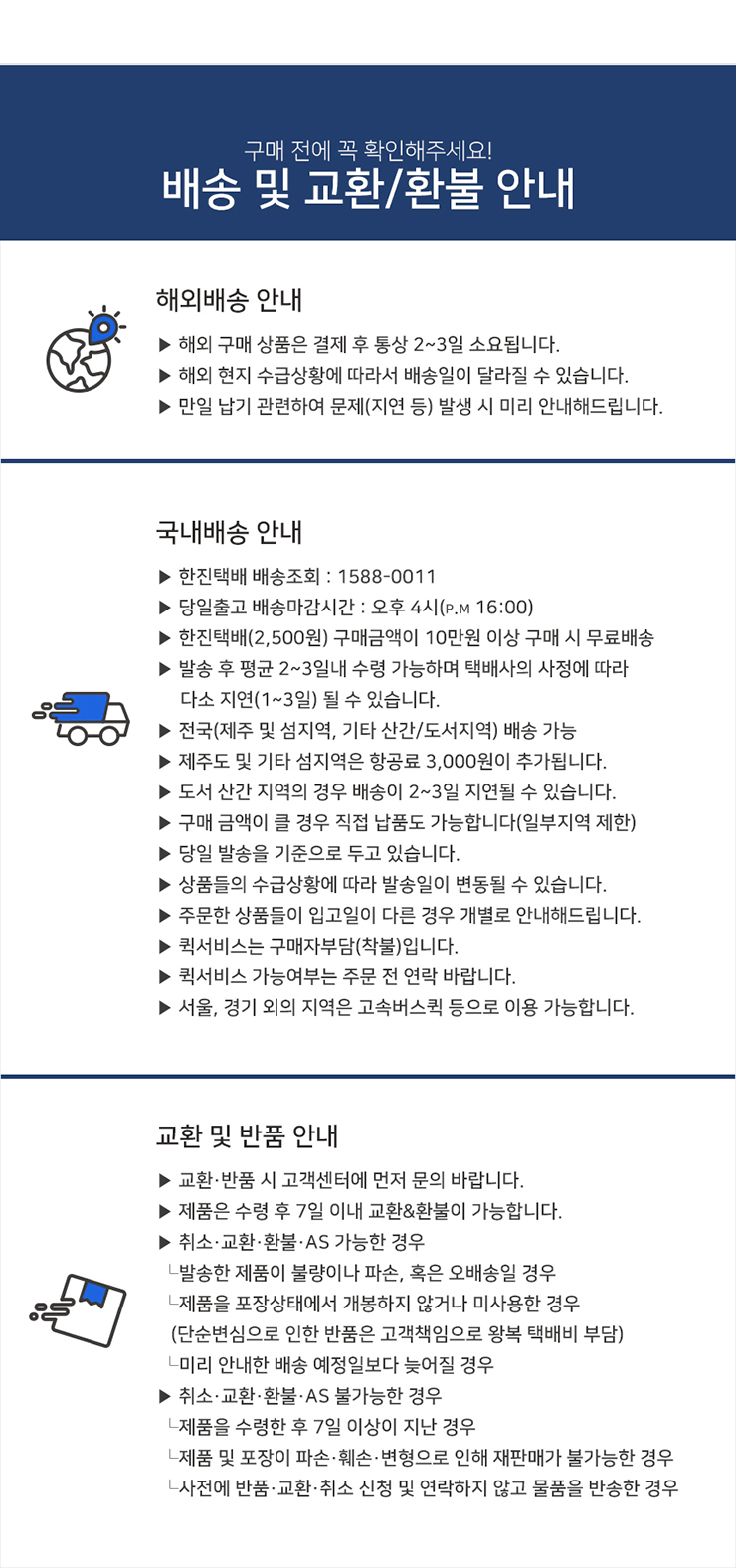
■ 제품필수정보
| 제조사 |
Sick |
| 제조사품명 |
KT8L-P3756 |
| 간략설명 |
Sick Contrast Sensors 150 mm, , PNP, 100 mA, 10 ??30 V dc, IP67 |
■ 제품사양
Detection Range = 150 mm Output
타입 = PNP Maximum Current = 100 mA Switching Frequency = 17 KHz Electrical Connection = Male Connector M12 Supply Voltage = 10 ??30 V dc LED Status Display = Yes Terminal
타입 = 5-pin, Male connector M12 Housing Material = Metal IP Rating = IP67
최소 작동 온도 = -10°C
최대 작동 온도 = +45°C OverviewAt a glanceLaser version offers sensing distances of 30 mm to 800 mm Very small and precise laser light spot (Class II) Fast switching frequency of 17 kHz Detection reliability displayed in the bar graph display CAN interface version for parameter setup, diagnostics and function selection Very precise light spotYour BenefitWide selection of varying distances, depending on the application Precise detection of the smallest marks and objects, e.g., 1 x 1 mm² Reliable operation, even with unsteady objects Easy integration into machine designs, thanks to standard CAN protocol Access to the sensor via the control system saves the machine operator time and effort during configuration Individual, application-specific configuration and settingsThe KT8 sensor family has two variants. The first, KT8L, supports extremely reliable detection of the smallest contrast marks and objects thanks to its precise laser. Lasers are used in contrast sensors for long sensing distances (up to 800 mm) or to detect very small objects. The KT8L supports both. Two light spot sizes are available: <0.3 mm for detecting the smallest objects and 3 mm for larger objects and marks. The second variant, KT8 CAN, is characterized primarily by its ability to communicate. This enables users to adjust the sensor to meet their specific requirements and easily integrate additional functions into their machines. Virtually any number of parameter sets (i.e., taught-in sensor settings) can be stored in the machine controller via the CAN interface, e.g., for different packaging or prints. In addition, important process data such as contamination or current switching thresholds can be queried via the CAN interface.ApplicationsAutomatic drift correction ensures high production reliability with faded print marks and other difficult to detect marks Reliable operation, even with high-gloss reflective surfaces, increasing throughputNote







